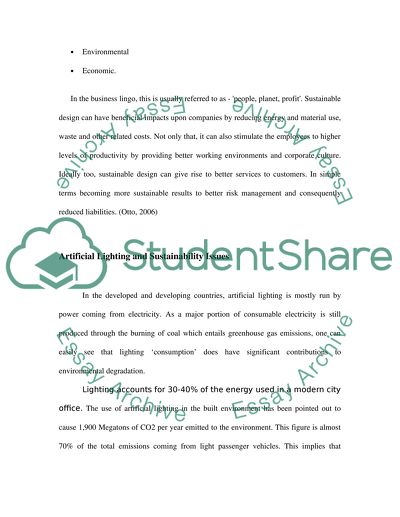Cite this document
(“Sustainable Construction Assignment Example | Topics and Well Written Essays - 2000 words”, n.d.)
Sustainable Construction Assignment Example | Topics and Well Written Essays - 2000 words. Retrieved from https://studentshare.org/technology/1529358-sustainable-construction
Sustainable Construction Assignment Example | Topics and Well Written Essays - 2000 words. Retrieved from https://studentshare.org/technology/1529358-sustainable-construction
(Sustainable Construction Assignment Example | Topics and Well Written Essays - 2000 Words)
Sustainable Construction Assignment Example | Topics and Well Written Essays - 2000 Words. https://studentshare.org/technology/1529358-sustainable-construction.
Sustainable Construction Assignment Example | Topics and Well Written Essays - 2000 Words. https://studentshare.org/technology/1529358-sustainable-construction.
“Sustainable Construction Assignment Example | Topics and Well Written Essays - 2000 Words”, n.d. https://studentshare.org/technology/1529358-sustainable-construction.


